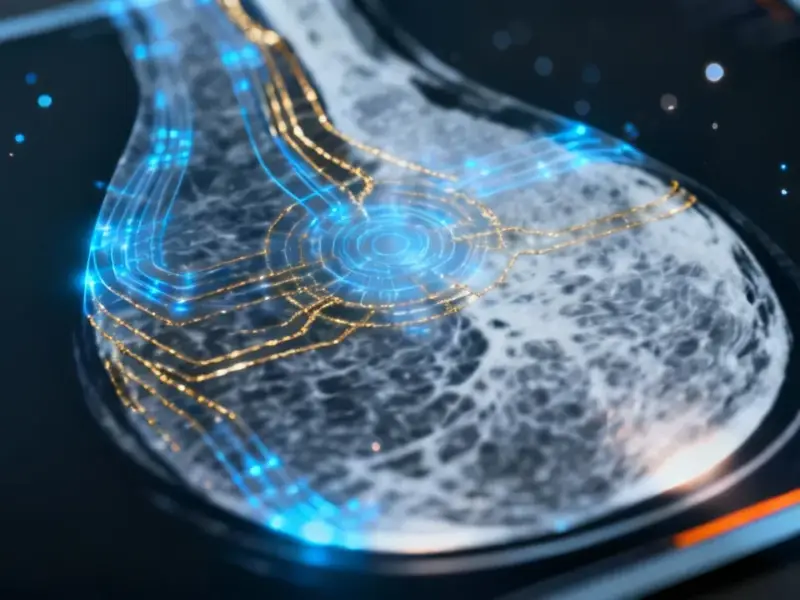According to Silicon Republic, University College Dublin is spending €724,000 on Nvidia’s new DGXB200 supercomputer called AURA, marking the university’s single biggest investment in AI computing. The system features eight Blackwell chips and delivers three times the training performance of previous generations while being 50 times faster than UCD’s existing SONIC cluster. Funded through the Higher Education Research Equipment Grant, AURA is expected to arrive by early next year and will support research across healthcare, cultural analysis, business, and climate modeling. UCD has also invested €1.45 million in upgrading existing clusters over the past year, making it the most powerful Irish university for AI computing. Thousands of students and researchers will get access to the system, with project leaders emphasizing this will give graduates competitive advantages in the job market.
Big bet, bigger expectations
Here’s the thing about dropping three-quarters of a million euros on AI hardware – the pressure to deliver immediate research breakthroughs becomes immense. UCD is basically betting that having 50x more compute power will automatically translate into 50x more meaningful research output. But anyone who’s worked in academia knows it’s never that simple. Having a faster computer doesn’t guarantee you’ll ask better questions or design smarter experiments.
And let’s talk about that “thousands of students” access promise. Managing compute resources across that many users while maintaining fair access? That’s an administrative nightmare waiting to happen. We’ve seen this movie before – universities buy fancy hardware, then struggle with scheduling, prioritization, and making sure the right people actually get meaningful time on the systems.
The AI gold rush hits campus
What’s really fascinating here is watching the academic arms race play out in real time. Every university suddenly needs their own AI supercomputer, and Nvidia is happily supplying the picks and shovels. But at €724,000, this isn’t some departmental workstation – this is serious infrastructure money that could have funded dozens of PhD positions or smaller research projects.
The researchers quoted make compelling cases though. Going from year-long computations down to days? That’s transformative for academic work where publication cycles can determine careers. And training students on cutting-edge hardware does give them legitimate advantages when they hit the job market. Still, I wonder if we’re seeing another case of technology solutionism – throwing hardware at problems that might need different kinds of solutions.
Hidden costs and future-proofing
Nobody’s talking about the ongoing costs here. Supercomputers aren’t just buy-once assets – they’re power-hungry beasts that need specialized cooling, maintenance, and constant upgrades. That €724,000 price tag is just the entry fee. The real question is what the total cost of ownership looks like over five years.
And then there’s the rapid obsolescence problem. Nvidia’s Blackwell architecture is cutting-edge today, but AI hardware evolves at breakneck speed. Will this system still feel “advanced” in two years when everyone’s talking about whatever comes next? Universities typically plan infrastructure investments over decades, but AI computing refreshes on a much faster cycle. It’s a fundamental mismatch that could leave UCD playing catch-up sooner than they’d like.
Broader implications
This purchase signals something bigger about where research funding is flowing these days. When a university makes its “single biggest investment” in AI computing, it’s clearly following the money and prestige. The applications mentioned – from analyzing historical gender bias to improving Zoom calls – show how broadly AI is being applied across disciplines. That’s exciting, but it also raises questions about whether other important research areas might get starved for resources.
Ultimately, the success of this investment won’t be measured in teraflops or benchmark scores. It’ll come down to whether UCD can actually produce groundbreaking research and properly trained graduates that justify the massive expenditure. The hardware is impressive, but the real test begins when it gets plugged in.




